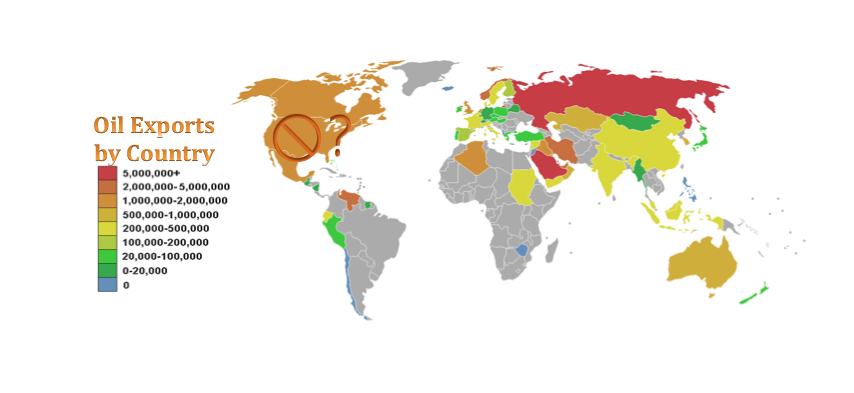The last time US oil and gas companies were legally allowed to export crude oil, animatronic sharks plied the waters off Martha’s Vineyard during the filming of “Jaws,” Muhammad Ali toppled George Frazier in the legendary “Thrilla in Manila,” and the must-have holiday gift was the easy-to-care-for and infinitely loyal Pet Rock (this was pre-Internet – people apparently were more imaginative back then).
The year was 1975. The nation was determined, to paraphrase The Who’s rock anthem, not to get fooled again. Still reeling from the effects of the oil embargo by Arab nations – a ploy that sent global oil prices soaring and made it a struggle for most Americans to fill their gas tanks – Congress passed the Energy Policy and Conservation Act, which banned domestic oil exports (except to Canada). US production had begun a precipitous fall from its 1970 peak, and the thinking was that, for the sake of energy security, it was better to earmark home-grown production for home use rather than allow it to be traded on the international market.

